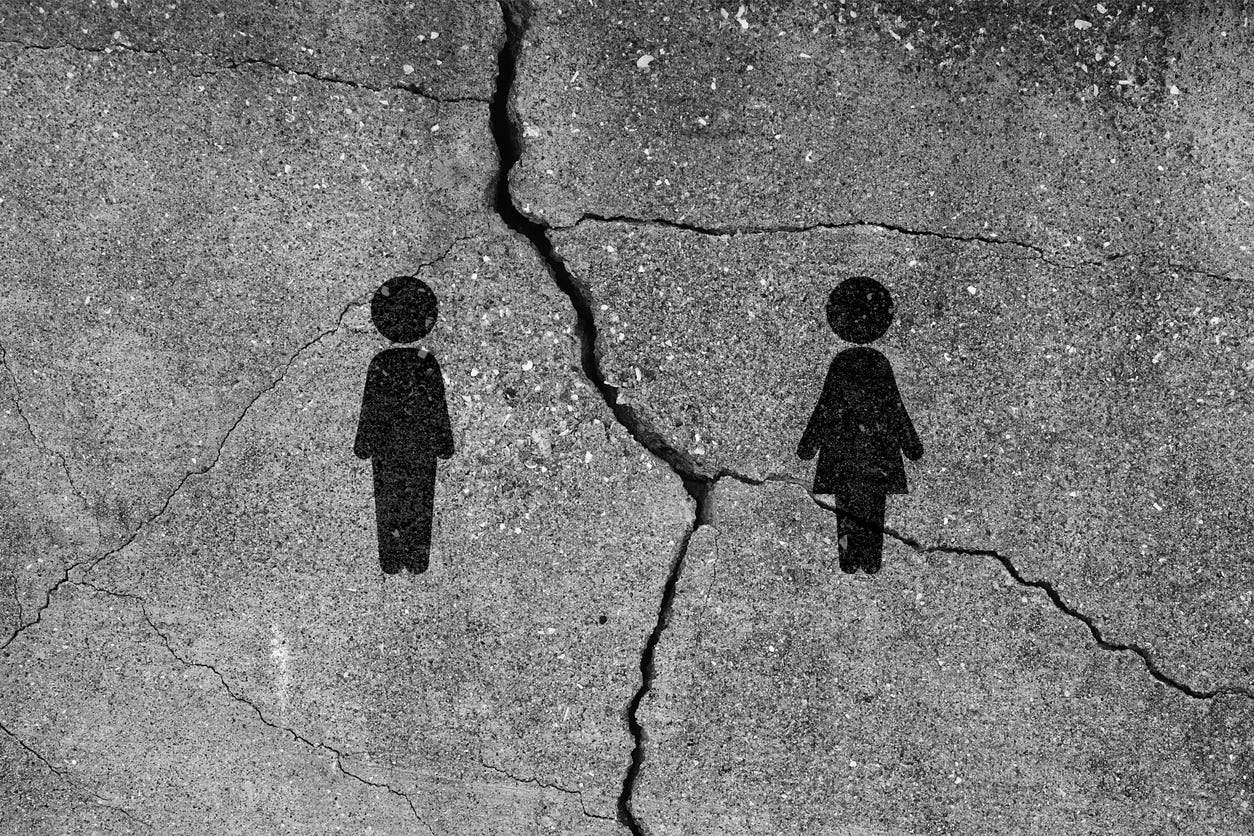More on the Widening Youth Gender Divide
Why is this happening now? How will it affect the 2024 election? Where is it happening abroad? And what role will it play in the Fourth Turning?

[Note: This essay is too long to appear fully as an e-mail. If you got this by e-mail, please click on the title to read the entire post on Substack. -NH]
In my last column, I introduced readers to the fast-growing ideological gender divide among America’s young adults—especially late-wave Millennial youth, roughly age 18 to 29. (See “What’s Up with Millennial Voters?”) We went through a lot of the recent data. But we left a lot of the biggest questions unanswered: Why is this happening now? How might it play out in the U.S. 2024 election? Where is it happening outside America? And what is the long-term prognosis—that is, how might this gender divide evolve over the next decade or two?
In this column, we can try to find some answers.
Why now?
Let’s start with this fact: Over the last 15 years, red-blue tribalism has come to encompass alternative and polarized gender ideologies. (Back in 2004, Michael Barone wrote a prescient if tendentious book about this trend: Hard America, Soft America: Competition vs. Coddling and the Battle for the Nation’s Future.) The red zone banner, emphasizing traditional values, has done better than average among married voters, both men and women, over the last several elections. The blue-zone banner, emphasizing social protection for the vulnerable, has recently done better than average among unmarried voters. While the blue-zone banner slightly outperforms among single men, it vastly outperforms among single women—most of whom count themselves as vulnerable and who have recently voted for the Democratic Party by margins of 25 to 35 percentage points.



